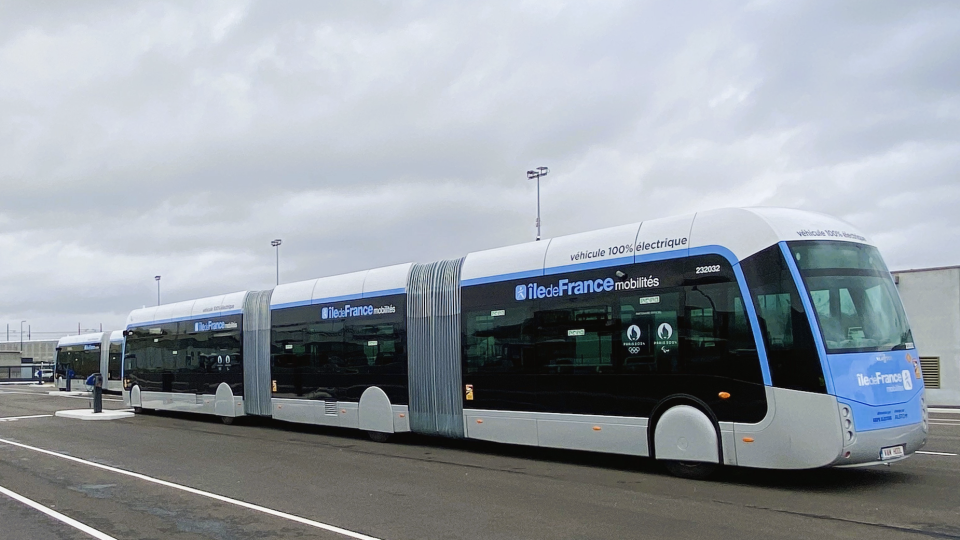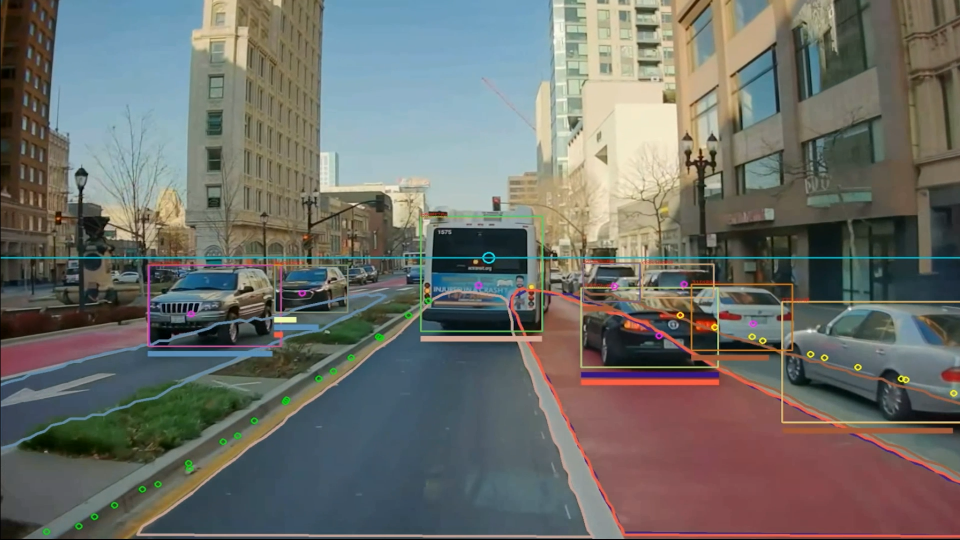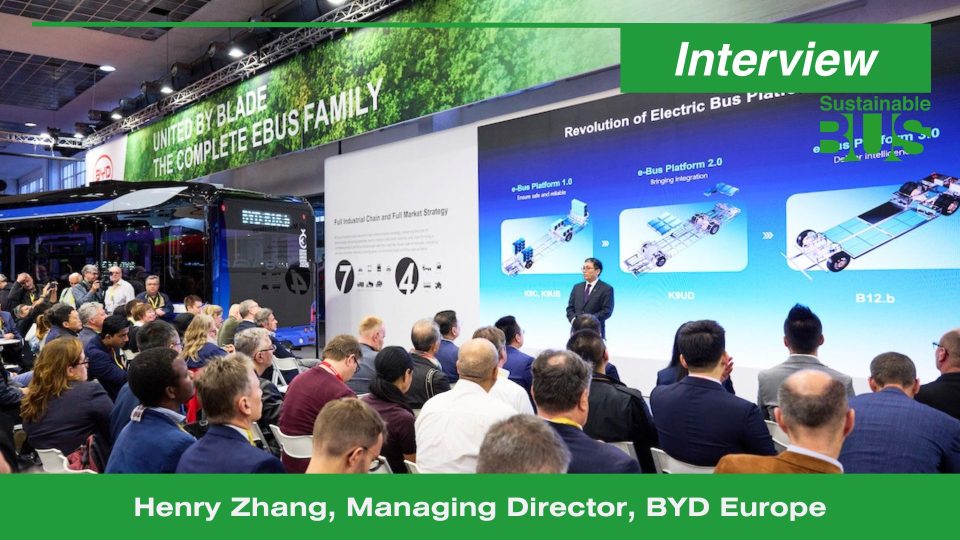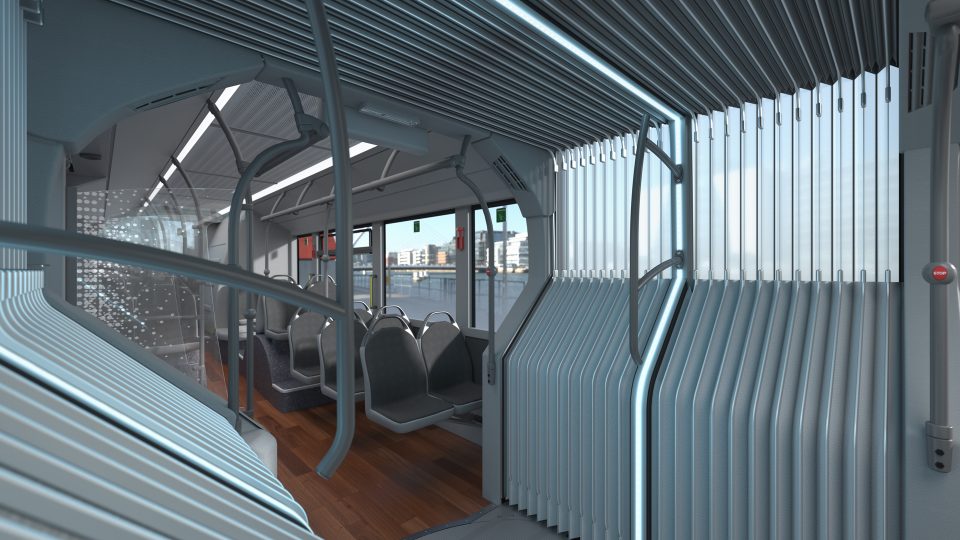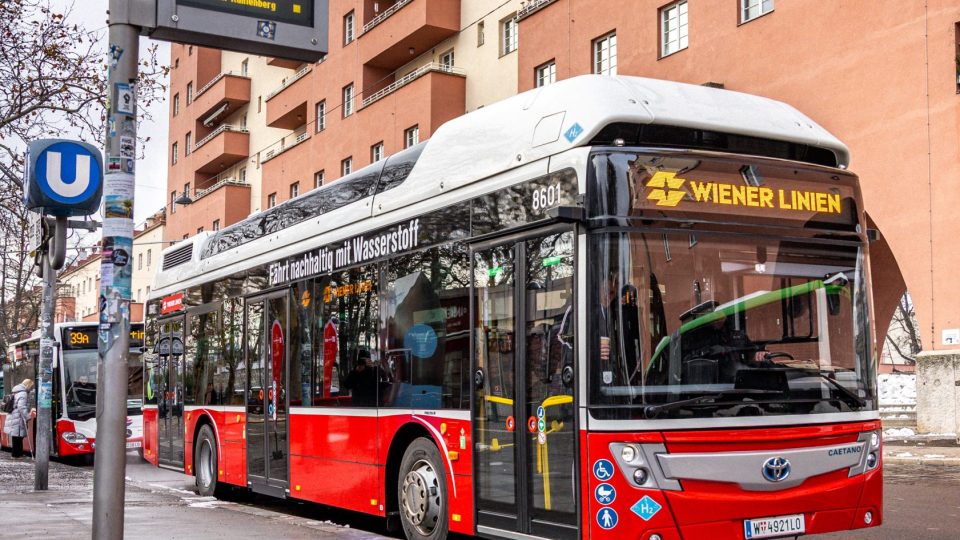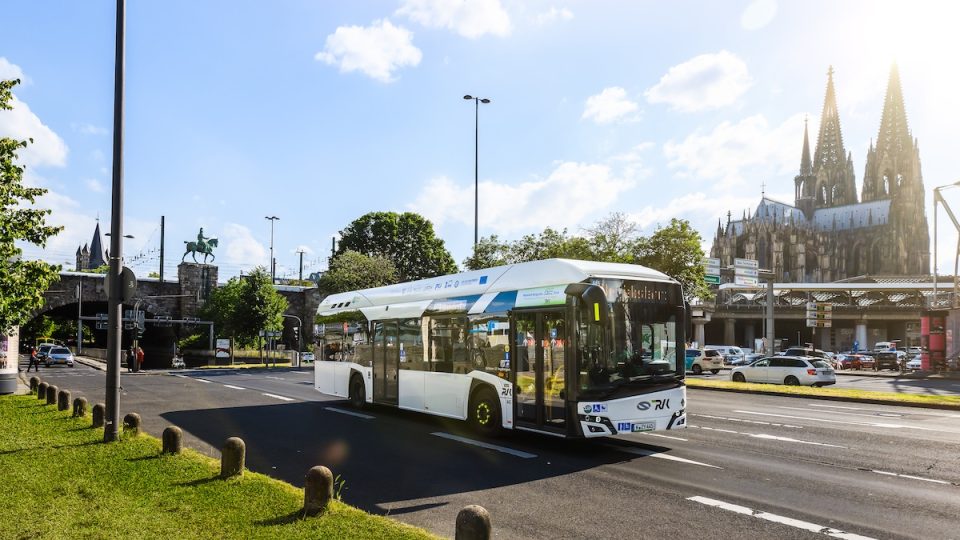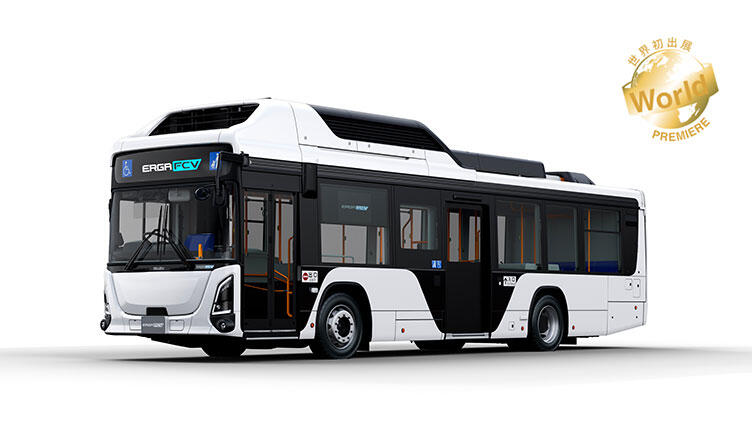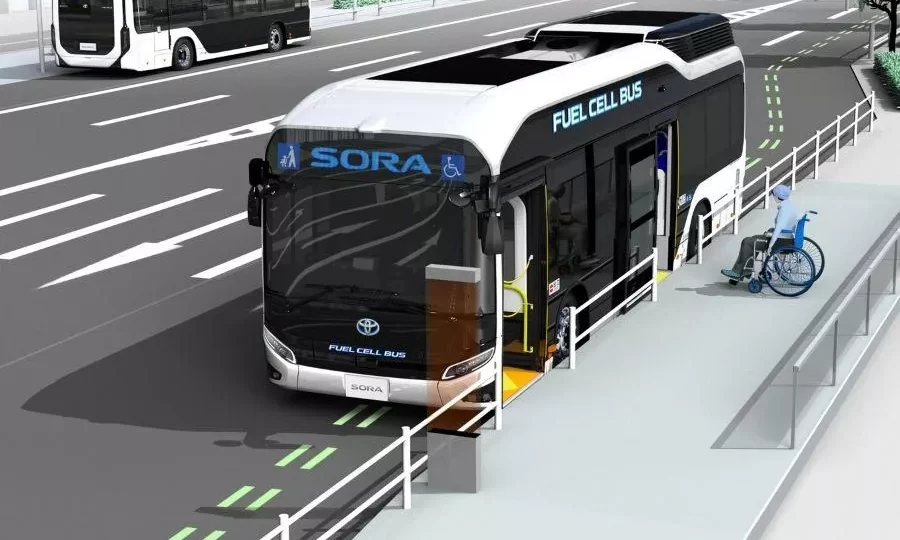The results of JIVE 1, largest coordinated deployment of fuel cell buses in Europe to date
A condensed version of this article, authored by JIVE project partners, was published on Sustainable Bus Magazine September 2024. The JIVE 1 project has supported the deployment and operation of fleets of fuel cell buses and refuelling stations in sites across four countries in Europe. In total, 131 buses have been deployed in Germany, Italy, […]
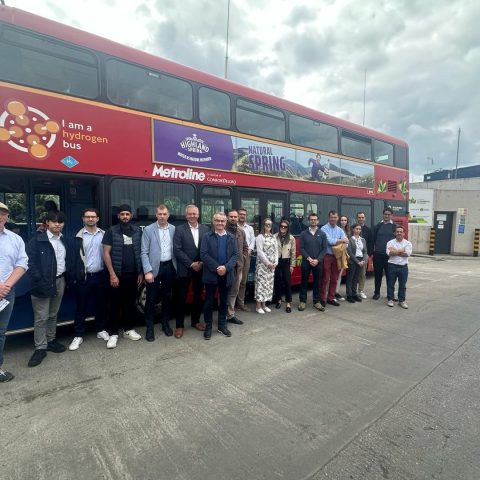
A condensed version of this article, authored by JIVE project partners, was published on Sustainable Bus Magazine September 2024.
The JIVE 1 project has supported the deployment and operation of fleets of fuel cell buses and refuelling stations in sites across four countries in Europe. In total, 131 buses have been deployed in Germany, Italy, the Netherlands, and the UK. Together with its sister project, which will run until June 2025 (JIVE 2), this programme is deploying 300+ hydrogen buses in 15 sites across six European countries.
These projects are the largest coordinated deployment of fuel cell buses in Europe to date and brought together public transport authorities, operators, and other stakeholders to transition the hydrogen bus sector from technology demonstration to a point where large-scale deployment can be planned.
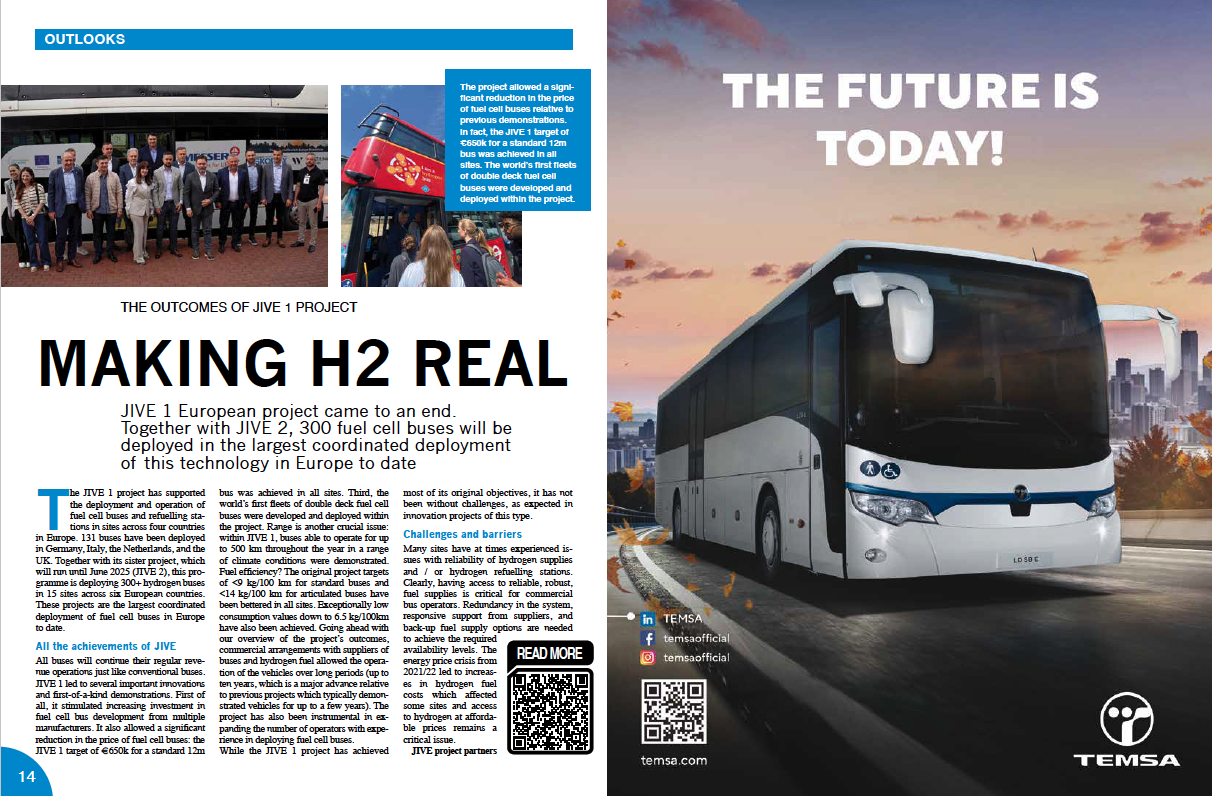
All the achievements of JIVE
While the project, supported by the Clean Hydrogen Partnership, is nearing completion, all buses will continue their regular revenue operations just like conventional buses. JIVE 1 led to several important innovations and first-of-a-kind demonstrations.
First of all, it stimulated increasing investment in fuel cell bus development from multiple manufacturers: at the start of the project the number of suppliers offering H2 buses was very limited, whereas today there are multiple models available from a range of suppliers. It also allowed a significant reduction in the price of fuel cell buses relative to previous demonstrations.
In fact, the JIVE 1 target of €650k for a standard 12m bus was achieved in all sites. Third, the world’s first fleets of double deck fuel cell buses were developed and deployed within the project. Range is another crucial issue: within JIVE 1, buses able to operate for up to 500 km throughout the year in a range of climate conditions were demonstrated.
Fuel efficiency was improved: the original project targets of <9 kg/100 km for standard buses and <14 kg/100 km for articulated buses have been bettered in all sites. Exceptionally low consumption values down to 6.5 kg/100km have also been achieved.
Going ahead with our overview of the project’s outcomes, commercial arrangements with suppliers of buses and hydrogen fuel allowed the operation of the vehicles over long periods (up to ten years, which is a major advance relative to previous projects which typically demonstrated vehicles for up to a few years).
The project has also been instrumental in expanding the number of operators with experience in deploying fuel cell buses.
Challenges and barriers
While the JIVE 1 project has achieved most of its original objectives, it has not been without challenges, as expected in innovation projects of this type. Many sites have at times experienced issues with reliability of hydrogen supplies and / or hydrogen refuelling stations.
Clearly, having access to reliable, robust, fuel supplies is critical for commercial bus operators. Redundancy in the system, responsive support from suppliers, and back-up fuel supply options are needed to achieve the required availability levels.
The energy price crisis from 2021/22 led to increases in hydrogen fuel costs which affected some sites and access to hydrogen at affordable prices remains a critical issue. The UK sites have encountered issues preventing demonstration of the vehicles at availability levels required for commercial operations. The reasons for this and potential solutions are explored in more detail in the forthcoming “Fuel cell bus deployment in the UK – lessons from JIVE1 and next steps” report.
In contrast, other sites have had fewer issues and following the initial trials in JIVE 1 have continued to invest in expanding their fleets of fuel cell buses. For example, RVK (Cologne) region now operates 83 fuel cell buses, corresponding to 24% of the operator’s fleet.
“We have also experienced issues with the supply of hydrogen at HRS (public or private), but in most cases, a solution for keeping the fuel cell buses in operation was found. One HRS continues to cause significant problems, but we are persistently finding ways to fill the fuel cell buses. Despite these challenges, we remain committed to expanding our fleet of fuel cell buses to 160. Currently, there are 83 solo buses out of a total of approximately 340 buses.” said Alexander Stiehl, Head of Alternative Drives/Systems Engineering, Regionalverkehr Köln GmbH.
A project on roadshow: now let’s go East!
Results and lessons learned from the project were disseminated via multiple channels, including site visits, publications, presentations, bus user group meetings, and a fuel cell bus roadshow targeting regions with limited exposure to the technology to date.
The JIVE projects, in fact, have delivered three fuel cell bus Roadshow initiatives in Central and Eastern Europe, with a fourth due to take place by mid-2025 (focused on Scandinavia). These events involved taking a fuel cell bus to multiple cities for short-term testing and demonstration. Knowledge-sharing events were organised alongside the hardware demonstration, leading to increased awareness of the technology, and supporting the development of plans to adopt fuel cell buses for use on appropriate routes in a growing number of countries. Countries covered by the roadshows include Bosnia and Herzegovina, Bulgaria, Croatia, Czechia, Estonia, Greece, Hungary, Latvia, Lithuania, Poland, Romania, Slovakia, Slovenia.

